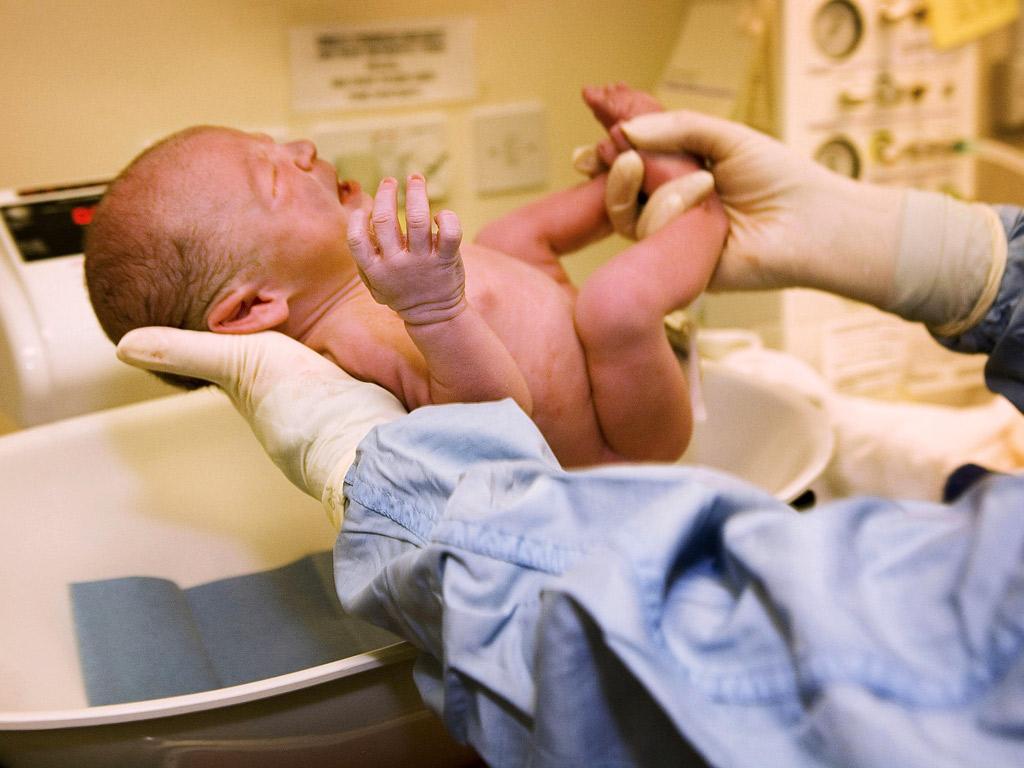Maternity units shamed but not named in first-time study
New anonymised report gives hospitals time to correct poor practice before 2014

The best and worst maternity units in England are revealed today with the publication of the first figures comparing their performance.
But expectant mothers will not be able to see how their own unit rates, as none of the hospitals are identified. The report by the Royal College of Obstetricians and Gynaecologists (RCOG) reveals a two-fold variation between hospitals with the highest and lowest rates of intervention for women giving birth for the first time.
Induction of labour, where women are given drugs to start their contractions, ranged from 17 per cent to 38 per cent of deliveries. Instrumental deliveries involving the use of forceps or vacuum pumps ranged from 16 per cent to 32 per cent. Emergency caesareans following induction of labour varied from 20 per cent to 40 per cent.
There are many possible causes for the differences, including variants in populations served by the hospitals, staff training or in the practice pursued in different hospitals.
In areas with a high immigrant population, where English is not the first language, women may miss out on antenatal care and present at hospital with complicated labour requiring emergency intervention.
But the report’s authors say the variation is a “source of concern” because it could indicate that some women are receiving poor care or that NHS resources are being wasted.
The report follows a number of scandals where mothers and babies have died because of poor care. The Royal College of Midwives warned in 2012 that the rise in the birth rate to its highest level for 40 years was putting enormous demands on maternity services at a time when staff numbers were being cut.
It is the first time obstetricians have collected data enabling the performance of maternity units to be compared. Cardiac surgeons led the way more than a decade ago and other specialists have been slow to catch up.
David Cromwell from the London School of Hygiene & Tropical Medicine and co-author of the report, said cardiac surgeons had the advantage of carrying out a procedure whose outcome was easily measurable.
He said individual hospitals and maternity units would be named from next year. The data had been anonymised for the first year because of concerns about its accuracy and to allow hospitals to review the report and make changes.
“In the past we have not known which women are receiving the best care and where there are areas in which it needs to improve. That is not a satisfactory position,” he said. “Hospitals have never before been able to see what other hospitals do. So they have been unable to compare their performance.”
David Richmond, report co-author, said: “This report represents the first step towards the development of indicators that could be used by maternity services to improve quality of care.”
Subscribe to Independent Premium to bookmark this article
Want to bookmark your favourite articles and stories to read or reference later? Start your Independent Premium subscription today.

Join our commenting forum
Join thought-provoking conversations, follow other Independent readers and see their replies